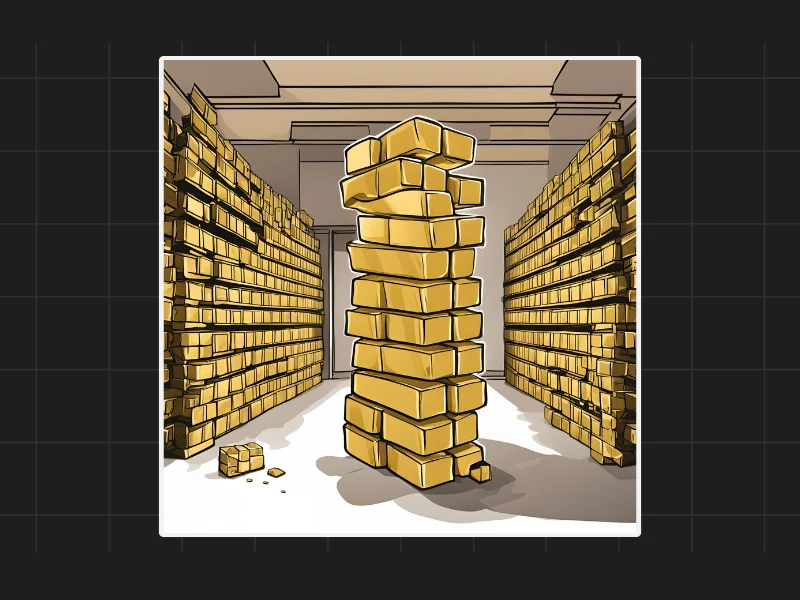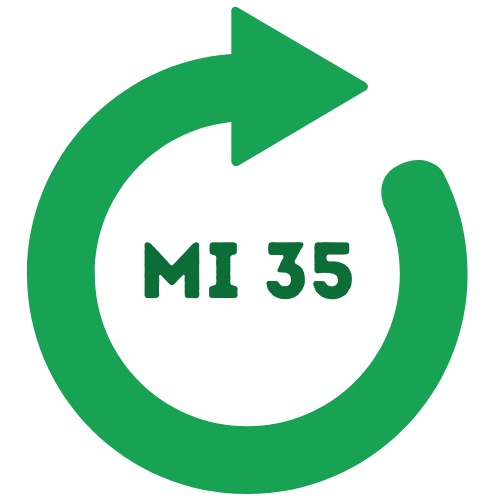Gold’s Rising Popularity: Are Investors Keeping Up?
Gold prices have been steadily rising, catching the attention of many. But the big question is: Are investors really paying attention and allocating a significant portion of their portfolios to gold? Or is it just a case of hype, where people are noticing the rising prices but not taking any substantial action? A recent study offers some interesting insights into how much gold is actually being held by investors and advisors.

Low Allocation to Gold
The study reveals that 71% of investment advisors in the United States, who manage or advise on trillions of dollars, hold less than 1% of their assets in gold. Another 27% hold between 1% and 5% of their portfolios in gold, while only 2% of them hold between 5% and 10%. Virtually no one is holding more than 10% of their assets in gold. This shows that gold is still under-owned in the world of investments, even though its price has been climbing.
A Similar Trend in India
The situation is likely the same in India, where investment portfolios also reflect under-ownership of gold. While many Indian households do own gold in the form of jewelry or as a store of value at home, this type of ownership is different from including gold in an investment portfolio. Gold held in jewelry or at home is often seen as a personal asset rather than an investment, and it is not actively managed or considered as part of a formal financial strategy.
Gold’s Scarcity and Central Bank Interest
While gold remains under-owned, central banks around the world are actively increasing their gold reserves. In an environment where every major country is trying to acquire more gold, the demand is only set to rise. Currently, the global demand for gold is about 3,000 tons per year, and roughly the same amount is being produced annually. However, with central banks adding to the demand, this figure is expected to increase, creating a potential shortage in supply.
The Potential for a Gold Rush
At some point, this rising demand could lead to a “stampede” toward gold, where everyone rushes to buy it. When that happens, there could be significant premiums on gold, and physical gold itself might become harder to obtain. Gold is a finite resource, and increasing its supply is not something that can happen overnight. As demand continues to grow, the ball will only get bigger, leading to further price increases.
The Role of Recycling in Meeting Demand
As gold prices rise, one source of additional supply could come from recycling old gold. People may start selling their old jewelry and other gold assets, which would increase the available supply. However, this will likely only meet part of the demand, meaning that prices will still have upward pressure as central banks and other investors seek to acquire more.
Disclaimers and disclosures : https://tinyurl.com/2763eyaz
If you have any questions, please write to support@weekendinvesting.com













